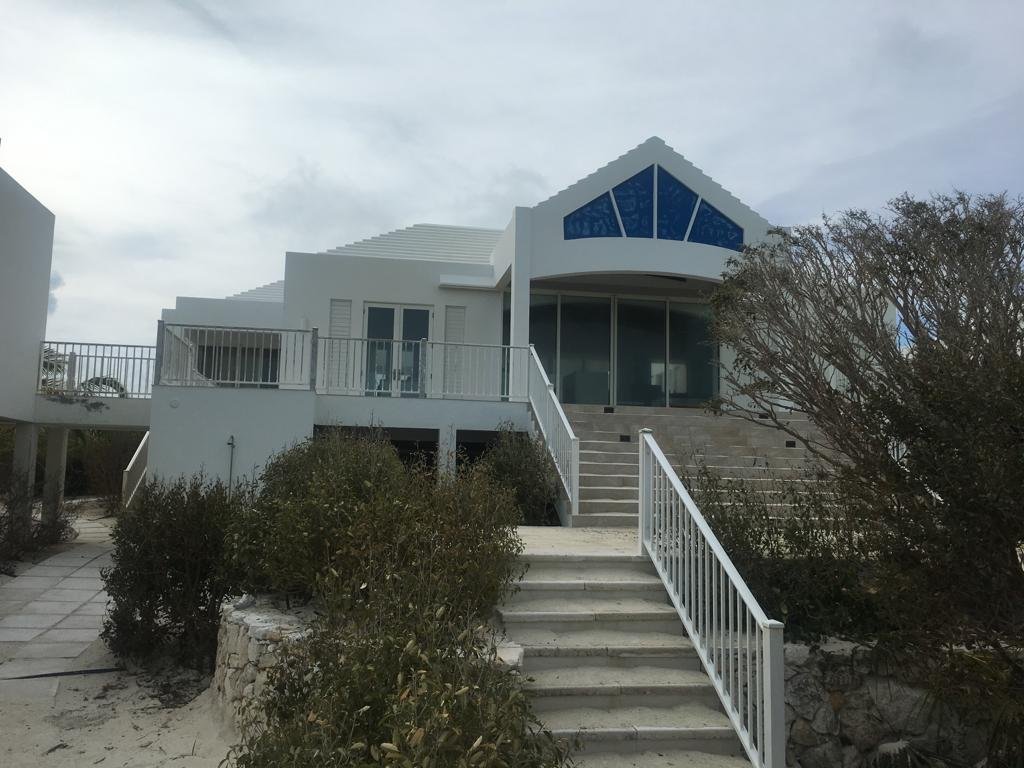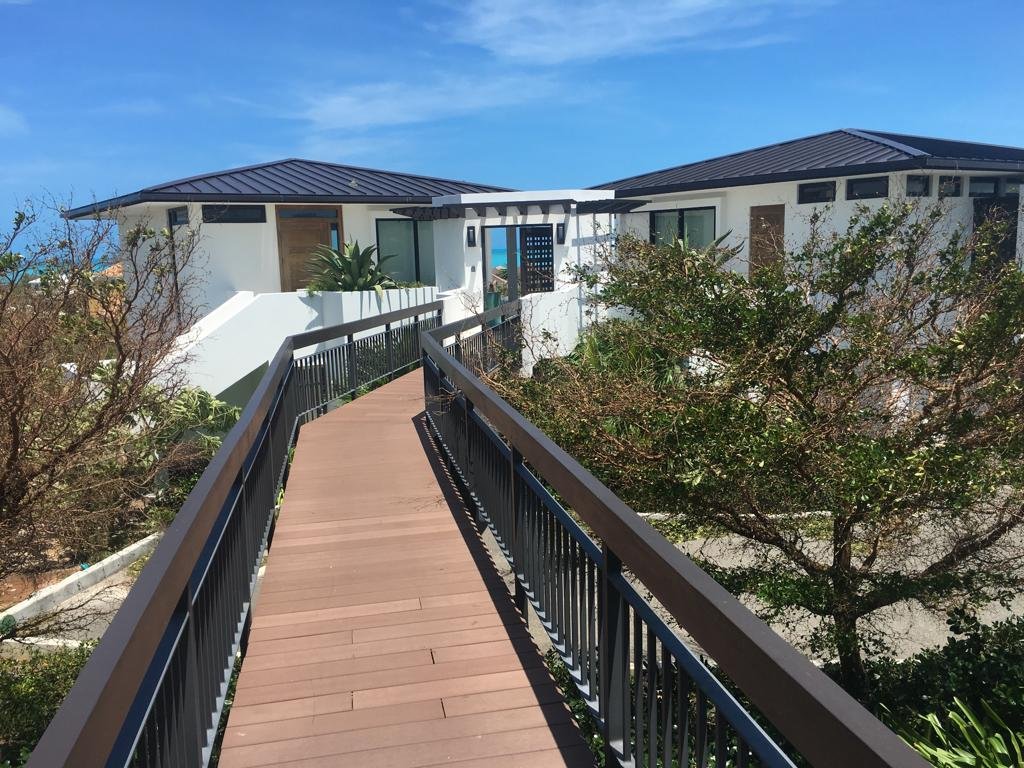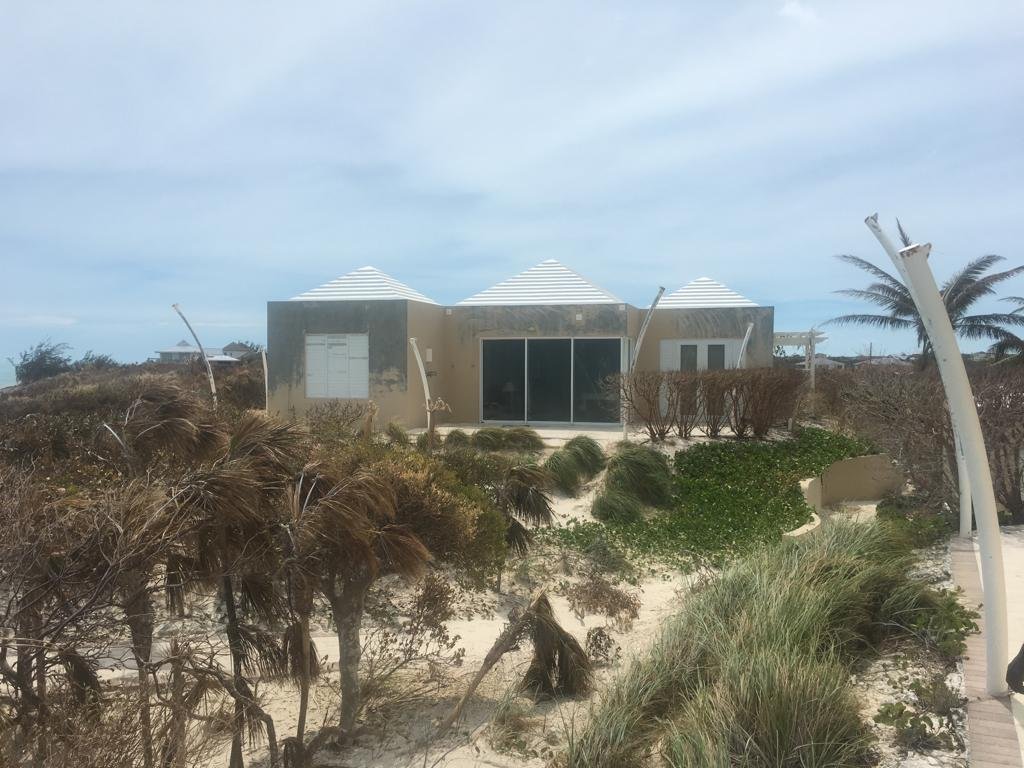Durability is the name of the game when building in the Turks and Caicos Islands.
Building standards and codes vary worldwide, often because of weather and geological considerations in the region. For example, the Turks & Caicos Islands enjoy objectively perfect weather year-round. Still, occasionally, tropical storms and hurricanes threaten or hit the islands. As a result, building codes require robust materials and best-practice construction methods. in fact, Turks & Caicos Islands builds to the same standards as Miami Dade County, one of the highest in the United States.
Here are some things you should know before building a home in the Turks & Caicos Islands:
Paradise has a Price
The Turks & Caicos Islands location in the northern Caribbean enjoys one of the lower incident frequencies of hurricanes compared to other Caribbean regions. However, Tropical Storms do track close to the islands and in rarer instances, hit directly. Of particular note, the devastating Irma of 2017, which caused significant damage across wide bands of the country.
Hurricanes can bring intense winds and torrential rains, resulting in increased groundwater, and threatening surges on coastal and low-lying regions. The strongest build materials and methods are required to withstand these extreme forces.
2021 Atlantic hurricane season track visualization. Image courtesy of Wikipedia By AveryTheComrade
The Air is Corrosive
The saline-rich, humid marine atmosphere is corrosive to most metals, including some stainless steel alloys. Therefore, utilizing more expensive but less corrosive or non-corrosive metal materials contributes to higher per square foot building cost. From the official Turks & Caicos Islands government website:
“Wherever feasible, we advise using stainless steel screws and nails. Their higher initial cost is definitely preferable to the inevitable future rust staining and failure of steel fasteners. Stainless is certainly not immune to rust, however, light surface corrosion is usually the worst-case scenario.
Hot-dipped zinc galvanized nails, screws, and bolts, when used in the common outdoor setting, will typically begin to rust and stain within 10 years, and possibly become structurally unsound within twenty years. When near the ocean, this time frame is months rather than years.”
Robust or Bust
Concrete construction is the only method allowed, preferably poured concrete due to its low maintenance, durability, and high performance during extreme forces. However, its ability to withstand these forces will inevitably make roofs, windows, and doors the vulnerable access points of any structure.
Hurricane-grade glass is also required for all windows/patio doors/window walls. Able to withstand severe changes in air pressure and impacts from flying debris, they contribute to a more resolute structure. Building in the Turks & Caicos Islands requires upgrading essentially every material in a villa to be stronger and of higher-rated durability.



The Price of Electricity is Shocking
Electricity prices in the Turks & Caicos Islands are very high compared to Canada and the United States. At $0.42 per megawatt-hour, it costs approximately 4 times the price in Florida, and even 30% more than Hawaii.(1) Therefore, augmenting your villa with some level of solar system will ease some sticker shock on your power bill. However, keep in mind that solar arrays can sustain damage during extreme weather.
From the official Turks & Caicos Islands government website:
“To save on electrical bills, it’s highly advisable to use a solar water heating setup. There are two basic routes to go: a thermosiphon system or a split system.
Now common throughout the Caribbean, a thermosiphon unit, where the hot water storage tank is located at the solar panel, is the simplest and least expensive option. This system relies on the natural action of rising hot water to cycle water through the panel and is the best choice for most situations in the Turks and Caicos environment.”
Full solar arrays intended to offset the total power consumption of your villa are becoming more popular as well in higher-end builds. Although they carry a significant up-front investment, the combination of a solar array plus a smart battery storage system like a Tesla Wall is a great option to offset what can be power bills in the thousands of dollars per month.
Ref (1) https://www.electricchoice.com/electricity-prices-by-state/
SKAPE Design+Build, formerly RA Shaw Fine Architecture, is the pre-eminent builder of iconic villas in the Turks & Caicos Islands. We will be continuing our series of articles on the logistics, challenges, and opportunities surrounding investing in the Turks & Caicos Islands via new construction villas. Visit us at www.skapetci.com
Twitter https://twitter.com/skape_tci
LinkedIn https://www.linkedin.com/company/skape-design-build/

